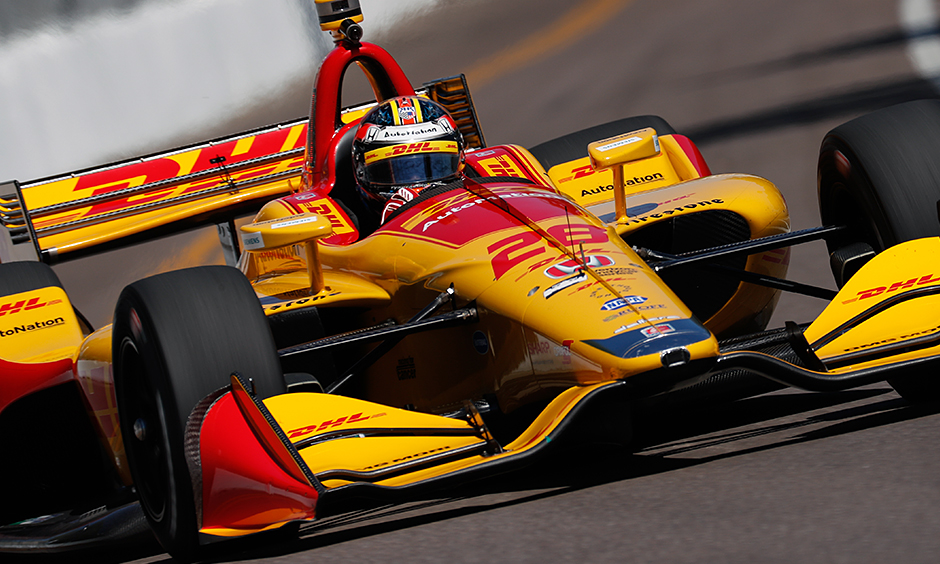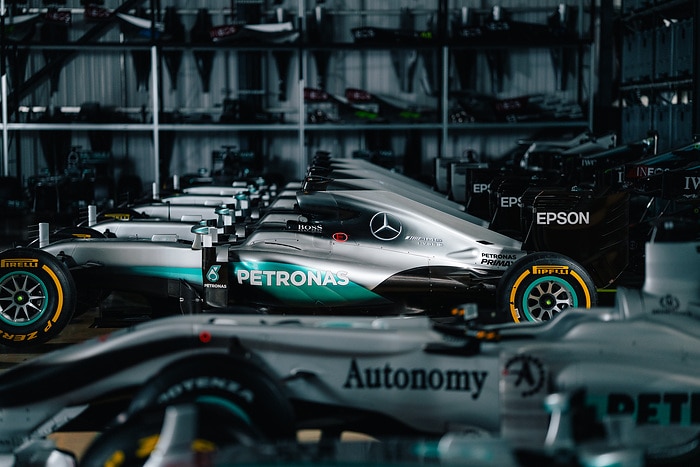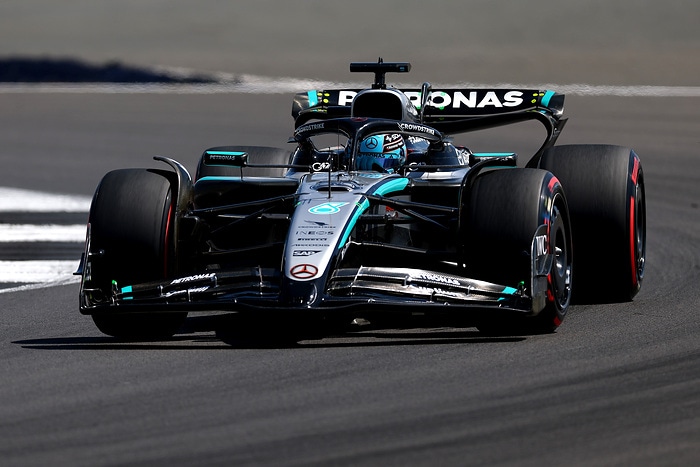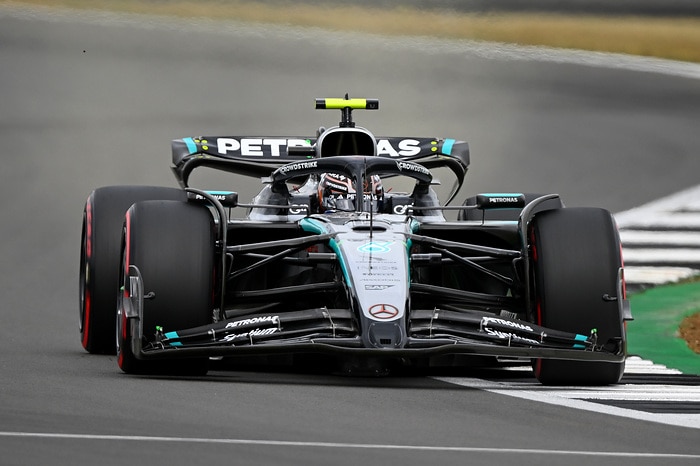Hunter-Reay leads educational practice day with new car at St. Pete

ST. PETERSBURG, Florida – Ninety minutes of practice does not a proper evaluation make, but certain themes could be drawn from today’s first day of a new era:
Drivers will slide, they will work harder, they’ll experience faster straight-line speed, they won’t be able to brake like they used to, and they expect to see more opportunities to pass.
And – key point here – they maintain a cautious optimism that this drastic change will work.
FIRESTONE GRAND PRIX OF ST. PETERSBURG: Practice rel=”noopener noreferrer” 2 results; Combined practice results
Drivers were upbeat but still in the experimental stage following the first full day of practice for the season opening Firestone Grand Prix of St. Petersburg. It was the first time the entire Verizon IndyCar Series field was on track simultaneously in a new universal aero kit that will change the way they race.
The most often heard reaction? Drivers will be far busier than in previous years, and that’s not such a bad thing.
“The peak steering weight isn’t quite as heavy, but you’re so much busier behind the wheel,” said Ryan Hunter-Reay, who had the fastest lap of the day – 1 minute, 0.8295 seconds (106.527 mph) – in the No. 28 DHL Andretti Autosport Honda. “I feel like you’re busier counter-steering and doing all of that stuff. You have a lot more input on the wheel.”
Today’s second session saw faster speeds than the first, but also more slipping and sliding around the 14-turn, 1.8-mile temporary street course. Rene Binder, Simon Pagenaud and Tony Kanaan spun during the day’s two sessions, and several drivers made use of runoff areas when they couldn’t slow down quickly enough to turn.
“There’s definitely a lot of things different about the cars,” said James Hinchcliffe, who had the second-fastest lap of the day in the No. 5 Arrow Electronics Schmidt Peterson Motorsports Honda. “You definitely feel like you’re hauling the mail, going down into all the big braking zones, (Turns) 1, 4, 10. I almost kind of was hoping we could talk to the track about adding some sign boards down in Turn 4 because there’s only 3-2-1 (signs that drivers use to judge when to brake). We used to brake after (Sign) 3, now a good chunk before it. It’s hard to judge. That’s how much it’s changed. We literally need new brake markers because we’re going so much faster and have so much less downforce.”
Under the old formula, turning the wheel required more strength. Now, with lighter loads, steering is somewhat easier in terms of strength but far busier in terms of action.
“The car’s on the edge with the rear being so questionable,” Hinchcliffe said. “It is very stressful. You’re a lot more tense as a driver. You’re a little bit more on edge. Pure physicality is way down. Steering torque is way down. It will be a physical race in an entirely different way.”
One of the unknowns is the expected reduction in turbulence from previous years. High-downforce cars created a massive wake of dirty air, which made it more difficult for drivers to pass. The lower-downforce car is expected to make less of a disturbance in its wake.
Trouble with that theory is that nobody has gotten close enough to another car yet to test it.
“We just all hope that turbulence isn’t as bad and we can all be closer to each other and race better,” said Sebastien Bourdais, who had the eighth-fastest lap of the day in the No. 18 Sealmaster Honda for Dale Coyne Racing with Vasser-Sullivan. “That’s all wishful thinking until we get there. There are numbers that back it up, but until we experience it, I can’t tell you for sure. On paper, it’s supposed to work that way.”
For now, what they notice is the decrease in the downforce and subsequent grip it provided. Turns 11 and 12, a quick right/left chicane, can’t be approached at full throttle anymore.
“You’re using up every inch of track,” Hunter-Reay said. “You feel like it could step out and smack the wall at any point. The (11-12) chicane down here used to be flat. Flat is now a gun-to-the-head feeling.”
The intention of the change was to make the show more interesting, to entice more passing and bring strategy and driving skill back to the fore. One day of practice doesn’t hold those answers, but drivers are keeping an open mind.
“I sure hope so,” Bourdais said. “That’s 50 percent of the reason why we switched. We better have made some headway.”
Drivers get one more practice at 11:10 a.m. ET Saturday to fine-tune things prior to Verizon P1 Award qualifying at 2:20 p.m. Both sessions will stream live on RaceControl.IndyCar.com.
The 110-lap season opener airs live at 12:30 p.m. Sunday on ABC and the Advance Auto Parts INDYCAR Radio Network.
Source: https://www.indycar.com






















